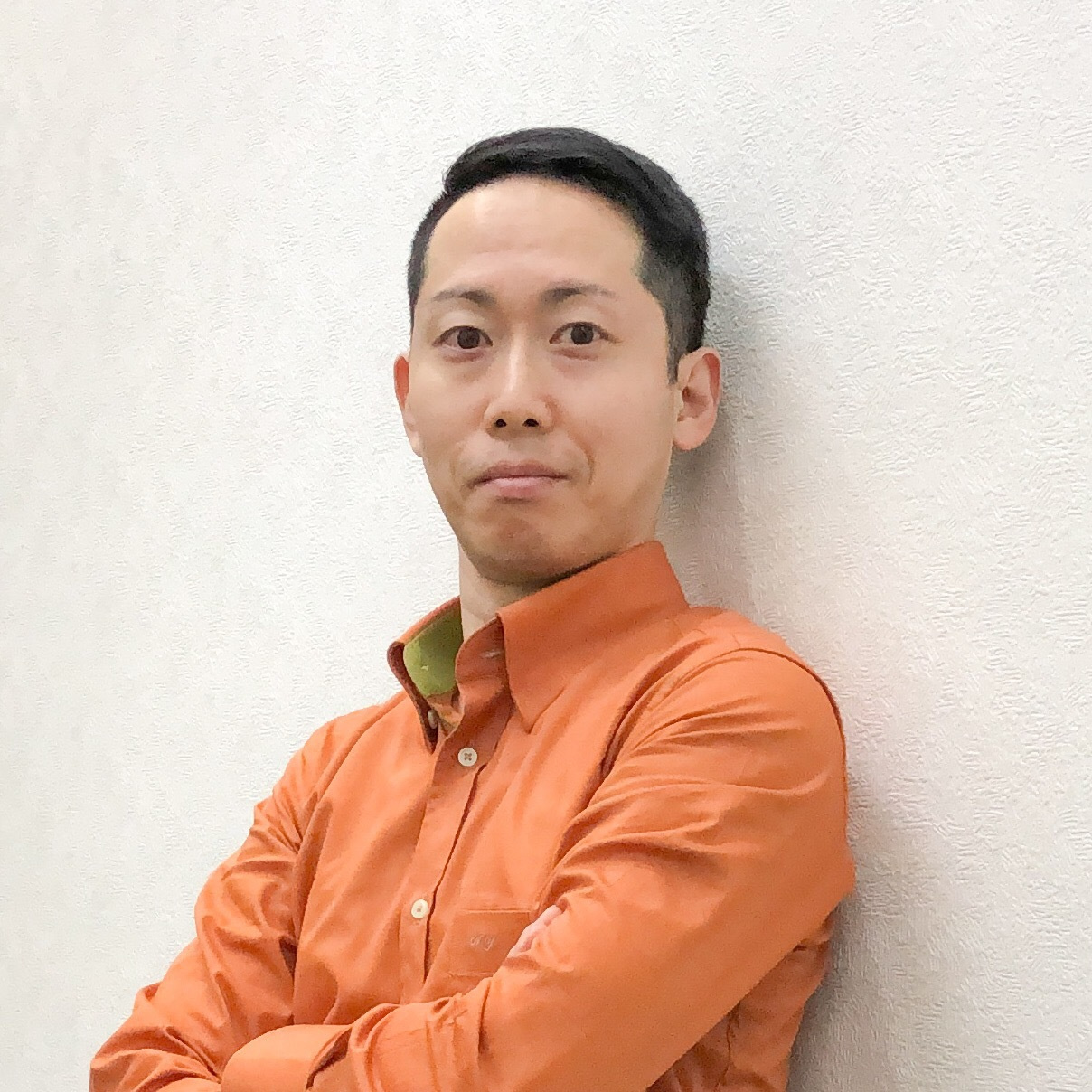The Story of The Pearl
The pearl is loved and valued as a symbol of purity and happiness the world over. The very first pearls are said to have been discovered approximately 5000 years ago in what are now the Persian Gulf and the Red Sea.
Throughout history, we can find many fantastic episodes involving pearls. Cleopatra is said to have dissolved pearls in vinegar, believing that imbibing the resulting concoction would preserve her beauty. The first Emperor of the Shin kingdom of China put great effort into searching for pearls, believing that they could prevent aging. The famous Chinese beauty, Yang Kuei-fei, is said to have ground pearls into powder for daily consumption. Pearls also make several appearances in the 1,001 tales of Arabian Nights.
We need not speak only of ancient history, however; visitors to the British Museum can see with their own eyes the many pearls which adorn Britain's royal crown.
Of course, pearls have a place in the history of Japan as well. In Man'youshuu, the oldest surviving collection of Japanese poetry, we can find poems which refer to pearls. The Shousouin storehouse of the Toudaiji Temple in Nara, which is preserved as a national treasure and only opened to the public once each year, contain many artifacts decorated with pearls.
In these stories of antiquity, both in and out of Japan, the pearls referred to are natural, as opposed to cultured, pearls. People outside of Japan sometimes found this type of pearl in black-lipped oysters, but their chief supplier was the silver-lipped oyster, which generally measures between 8 and 12 inches (20-30cm). These oysters make their home in both tropical and subtropical seas. The Japanese took pearls from Akoya oysters found, for example, in the Ago Bay in Mie Prefecture, and in the sea between the islands of Honshu and Shikoku. However, these specimens were notably smaller than their foreign counterparts. Pearls culled from "wild" oysters in this manner are known as "natural" pearls; "cultured" pearls are those produced by oysters on oyster farms under human care.
Research into oyster cultivation began in China toward the end of the 19th century. This research was furthered in Japan by Kokichi Mikimoto, and by 1907 the first successful cultured pearl had been harvested.
In 1912, courts in Paris and London ruled that Japanese cultured pearls could not rightfully be called "pearls". Scholars throughout France and England, beginning with Drs. Jameson and Boutan, however, soon demonstrated that the physical composition of cultured pearls was not so different from that of natural pearls. Following this testimony, cultured pearls made their way out of the courtroom and onto the world market as a Japanese specialty.
The Japanese method of raising pearls has been employed with great success by Japanese technicians not only in their native land, but Myanmar, the Philippines, and Australia's Thursday Island as well. Technicians use the same silver-lipped oysters, but the pearls tend to be on the large side. As with their Japanese counterparts, they are appraised at a very high value.
Freshwater pearls, such as those raised in the bivalveHyriopsis schlegeli (Schlegel's Freshwater Mussel)in Lake Biwa, receive similarly high estimation, which accounts for the speed with which the techniques for raising such pearls have spread abroad in recent years. Freshwater pearls are now widely produced in China, and the demand for them in Japan is such that some must be imported.
Before WWII, cultured pearls were highly prized due to their scarcity and superior quality. After the war, production sped up rapidly due to advancements in culturing techniques and development of available sea area. During this time, pearls were looked on as Japan's star export. However, along with this increase in production came a decline in quality, and a severe price drop due to the competition among pearl companies. During this period, the reputation of the Japanese pearl was greatly lowered in the eyes of foreign customers.
Fine pearls are the object of admiration of ladies the world over. Recently, however, due to sea pollution, high quality pearls are becoming yet more rare and valuable, and the demand for pearls of truly high quality is increasing. The highest quality pearls are those which are round, blemish-free, and display a rich luster. These are, however, exceptionally rare, and can be so expensive as to rival or exceed diamonds and other precious stones.
In times like these, when fine pearls are a scarcity, we at Yokota Pearls, a company with a history dating back to the times before sea pollution, are proud and pleased to be able to offer to our customers our professional experience in pearl selection, as well as high-quality pearl merchandise itself.


 E-Mail
E-Mail



 http://www.yokota-pearl.co.jp/
http://www.yokota-pearl.co.jp/